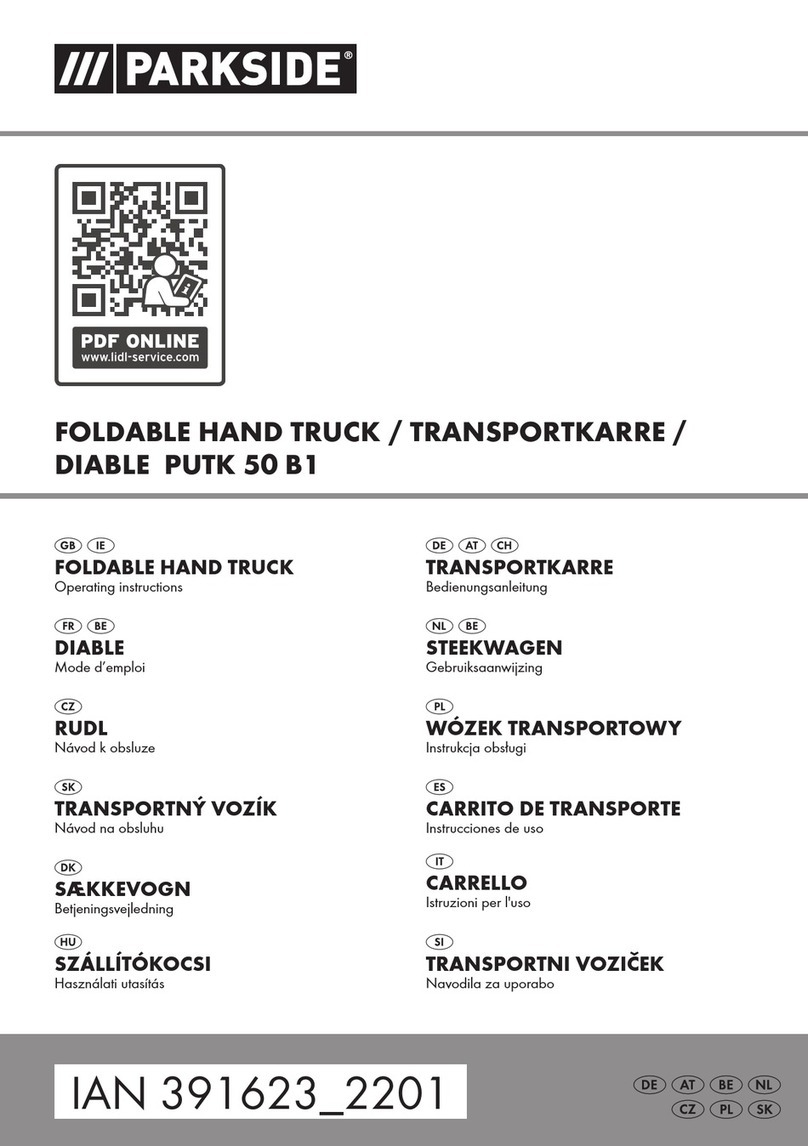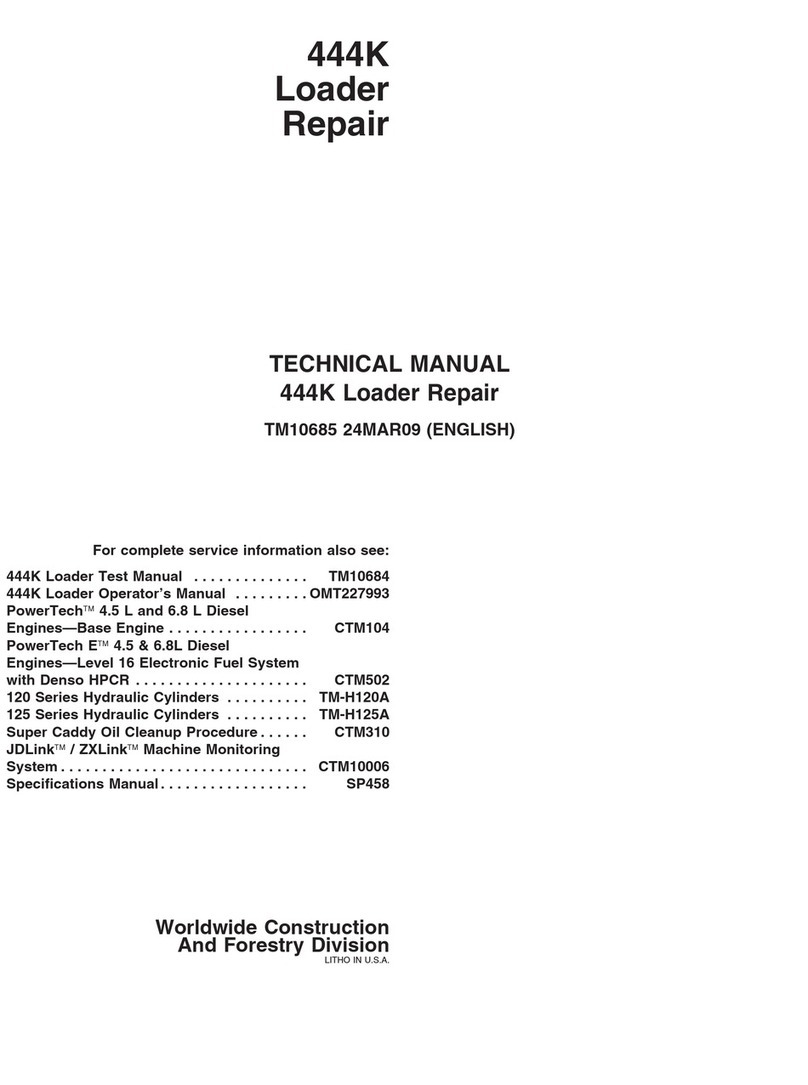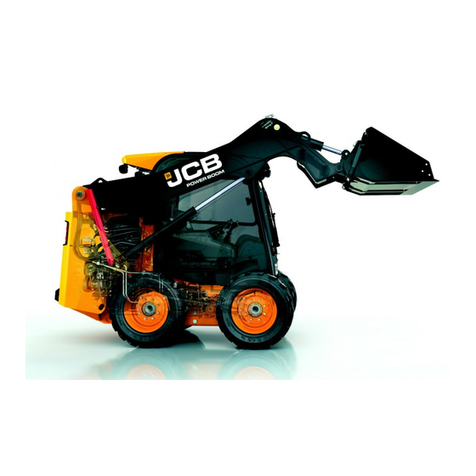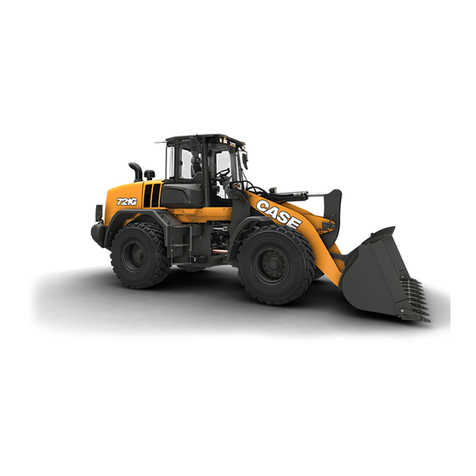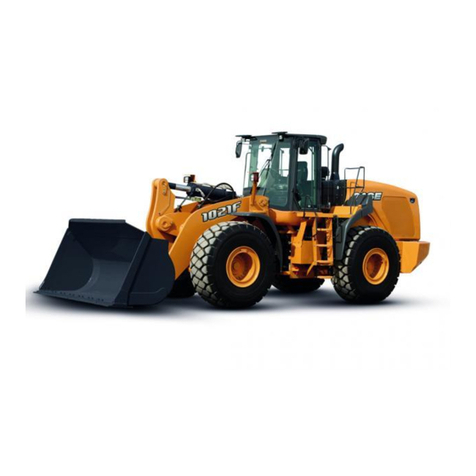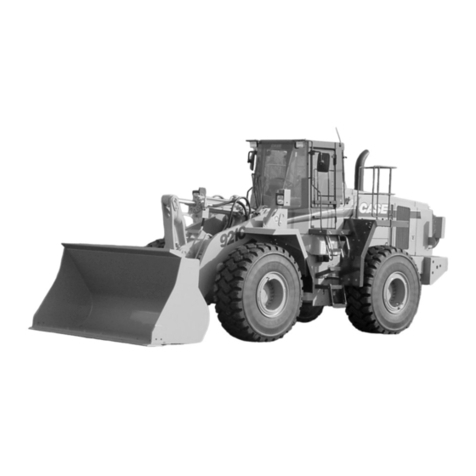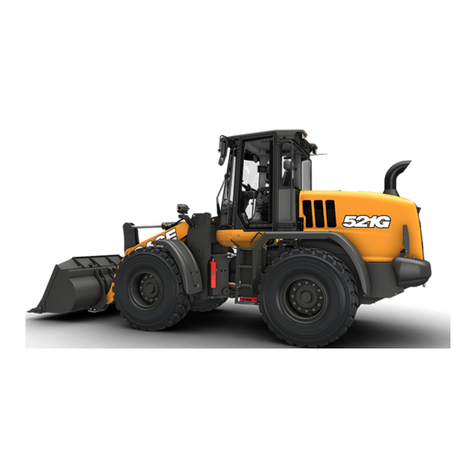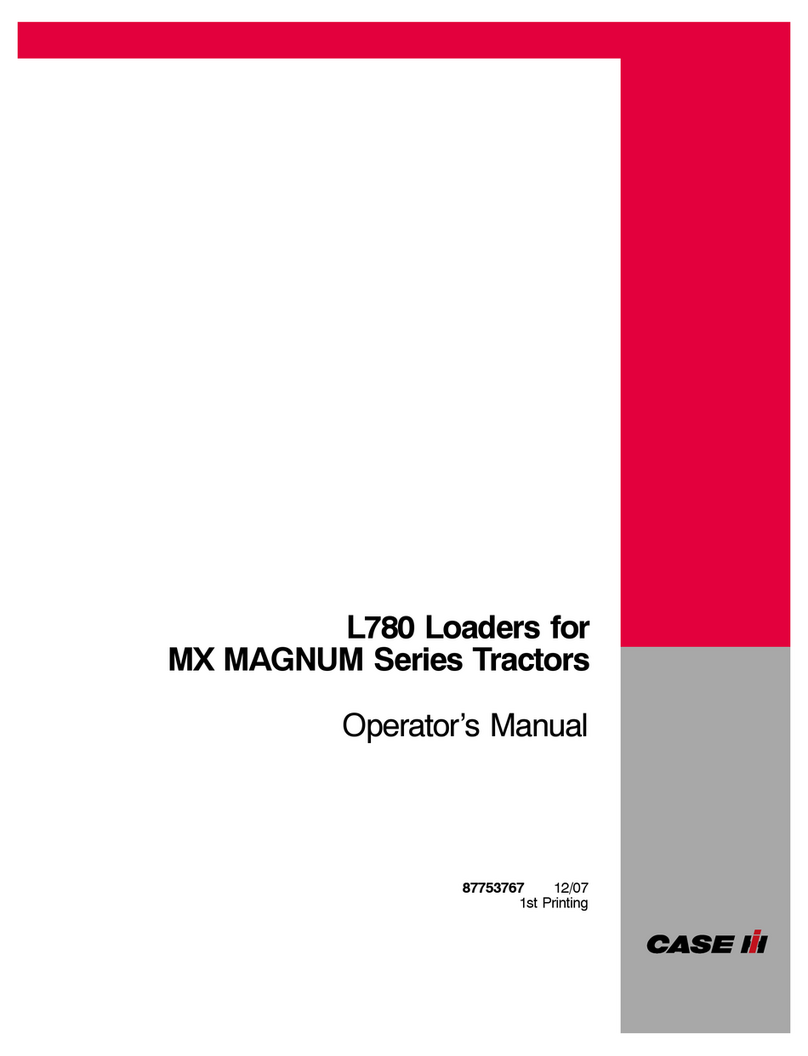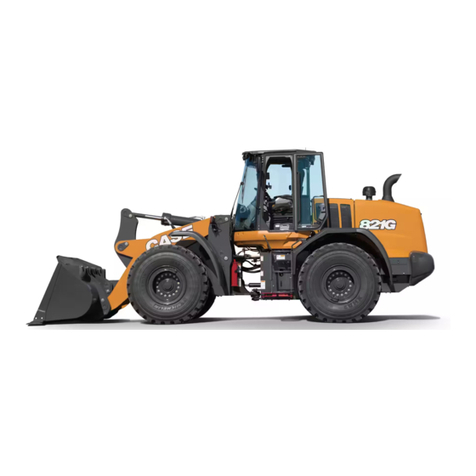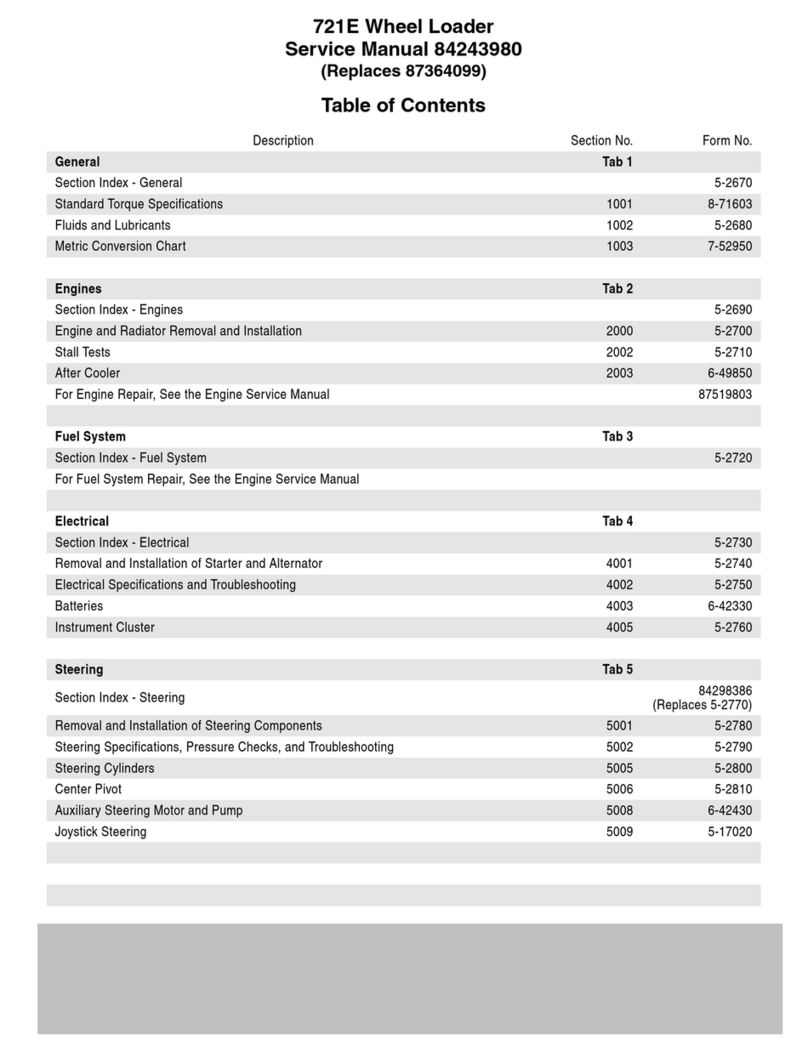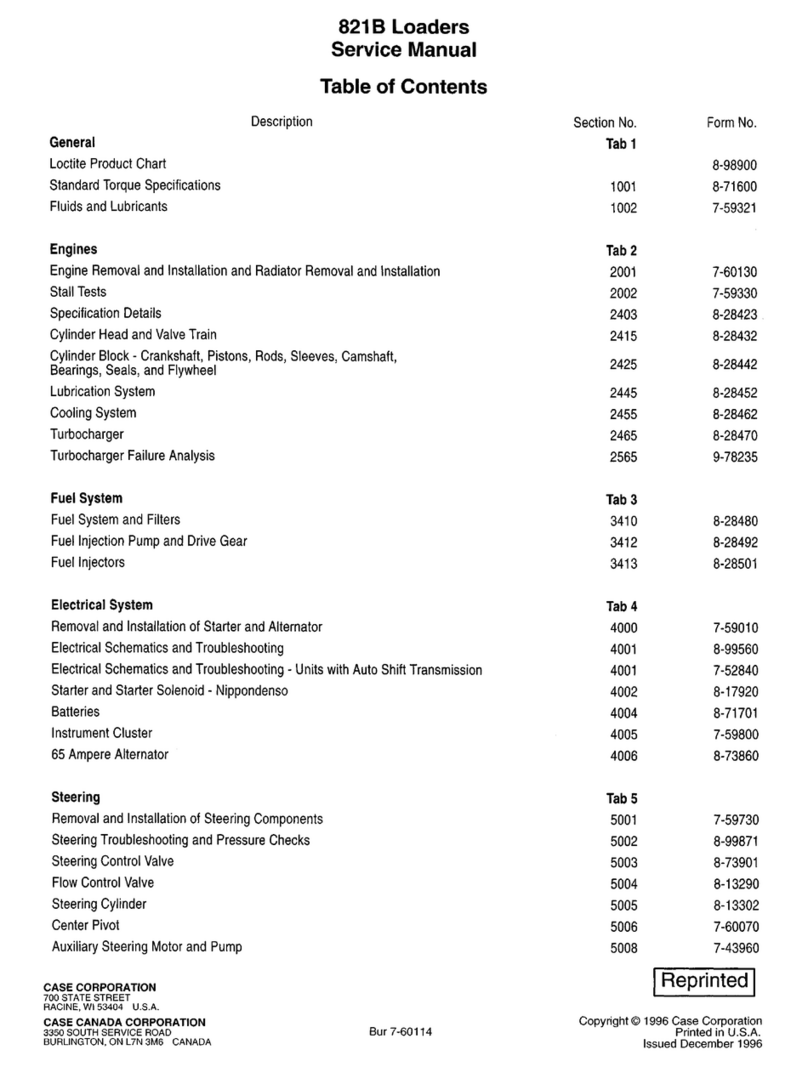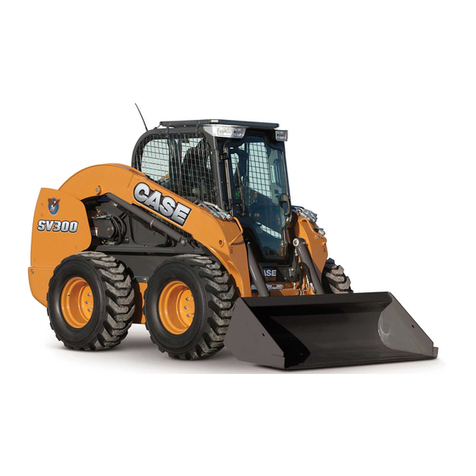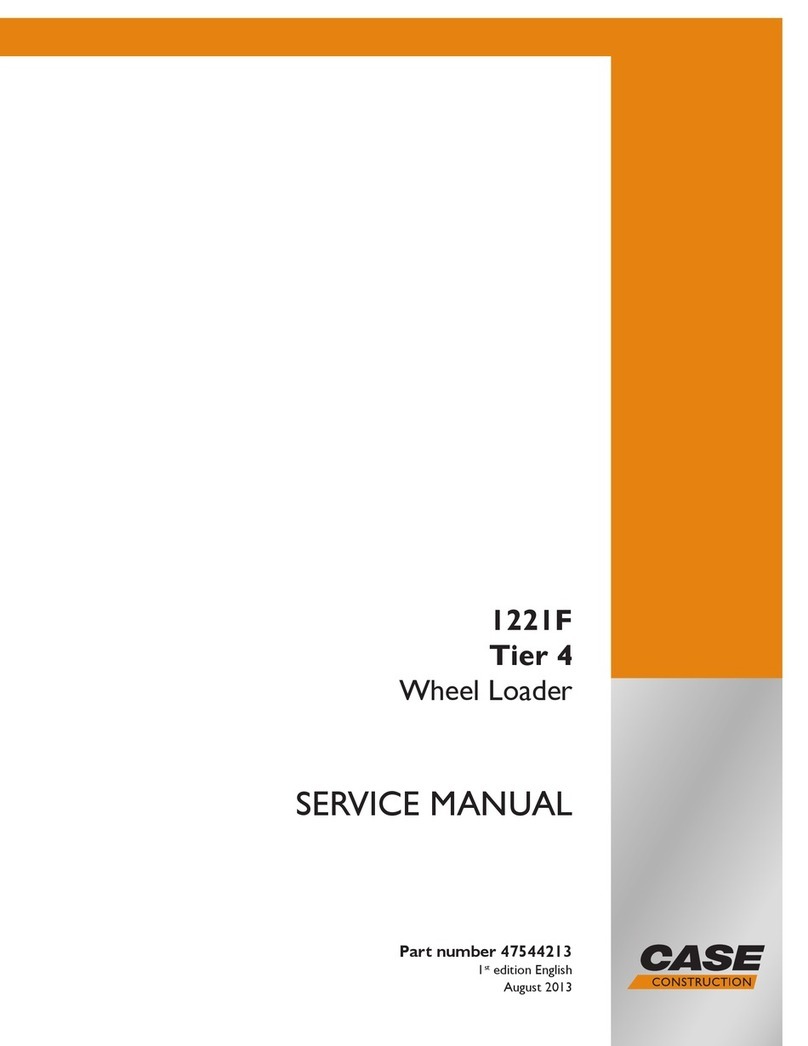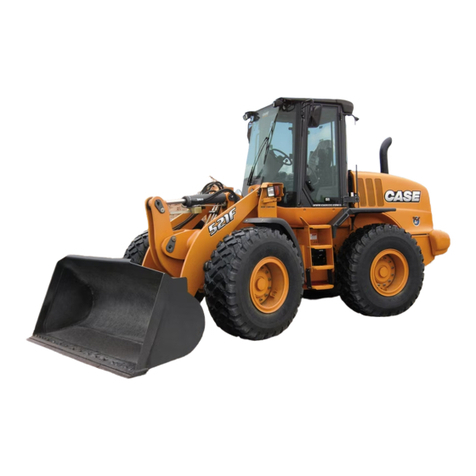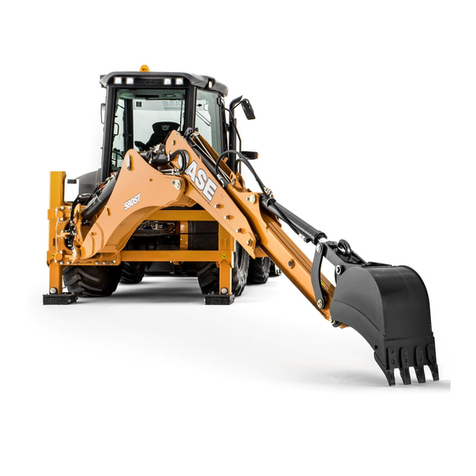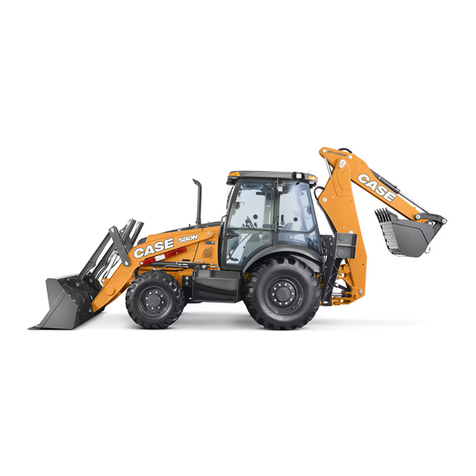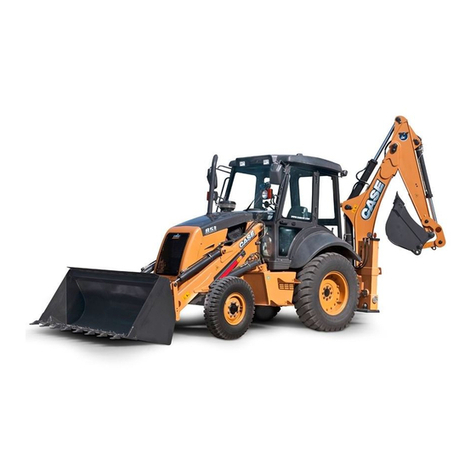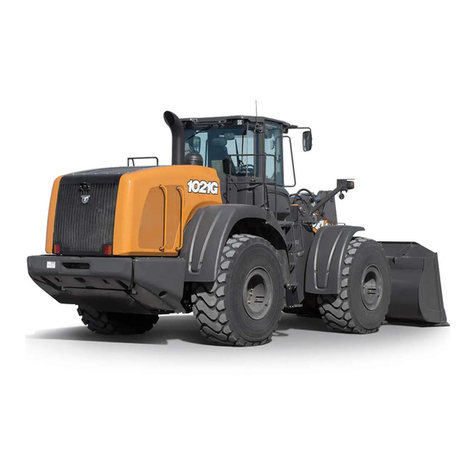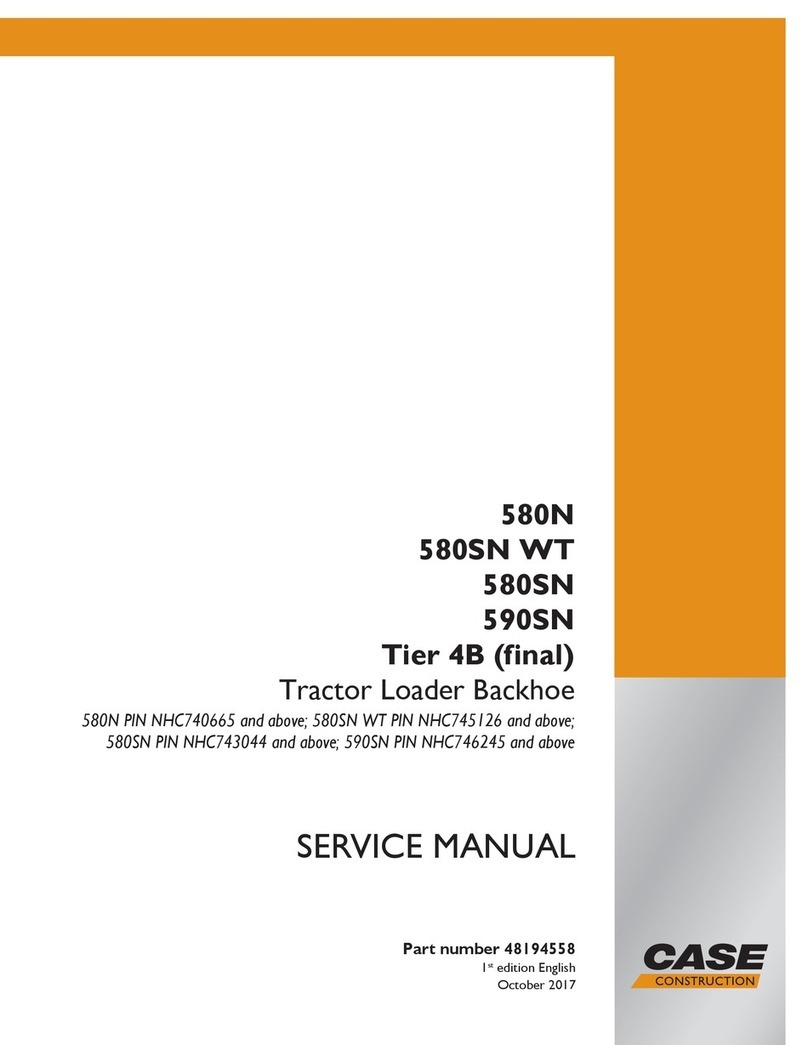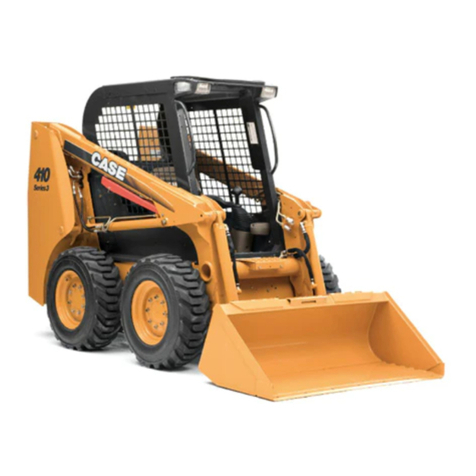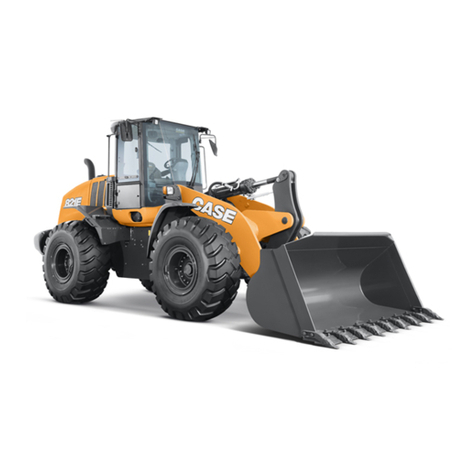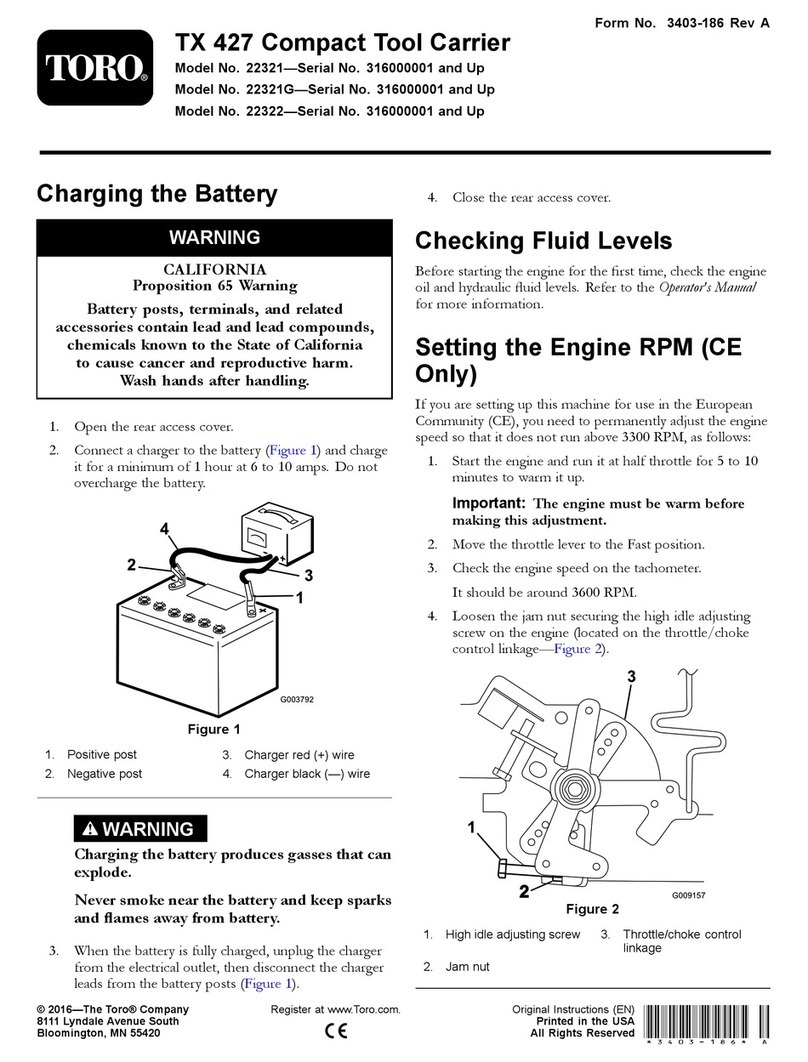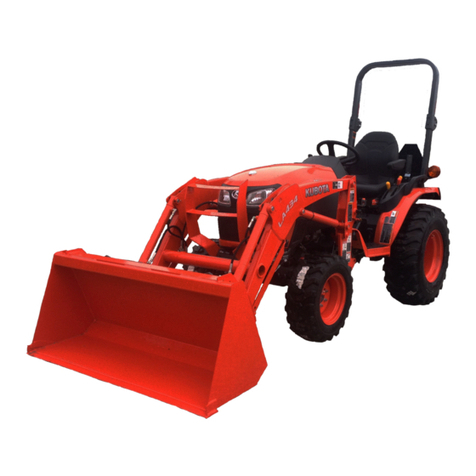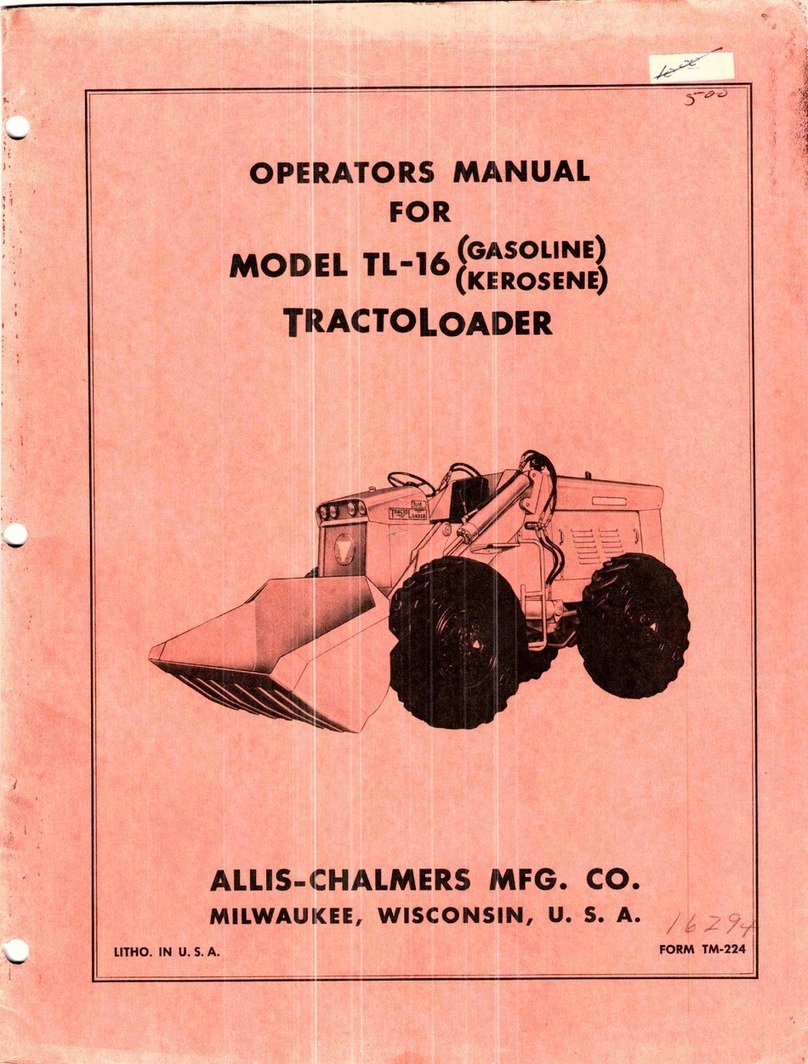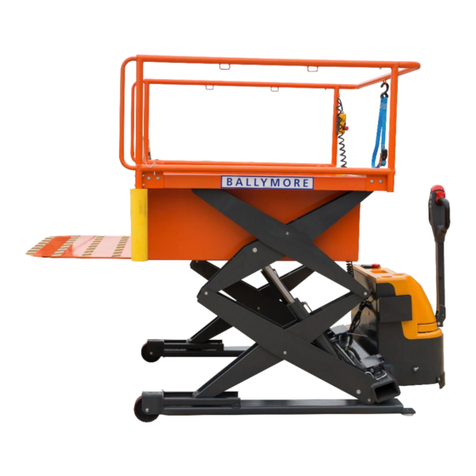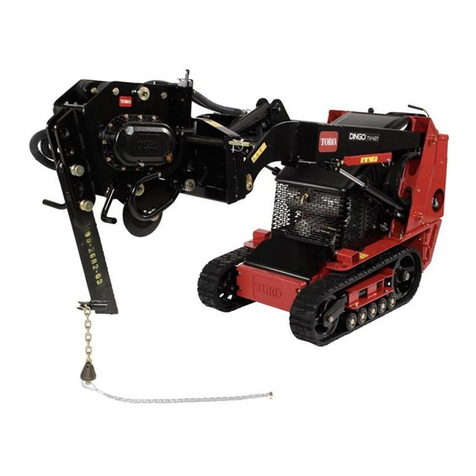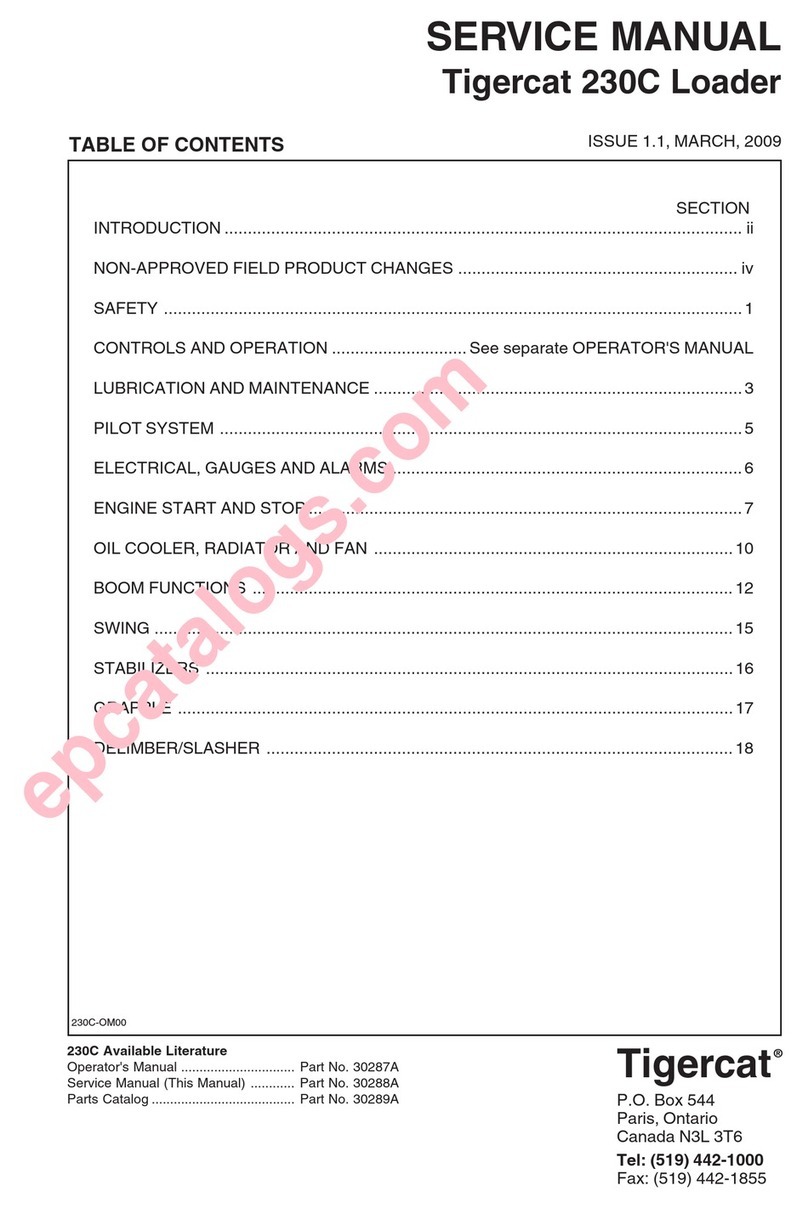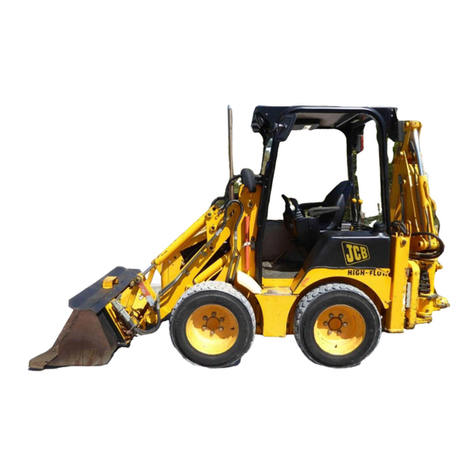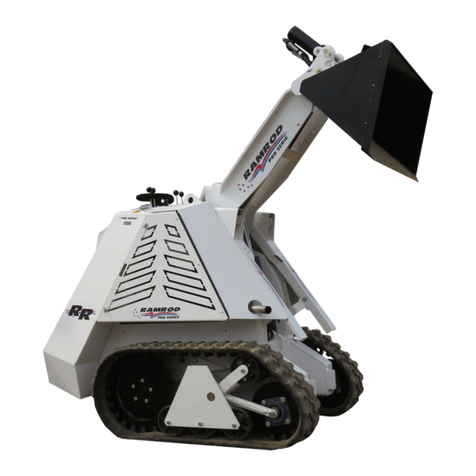
INTRODUCTION
NOTE:
This
manual
does
not
cover
the
Detroit
Diesel
engine,
excepting
routine
main-
tenance
items,
removal
and
installation,
and
adjustmentofthe
throttle
linkage
and
idle
speeds.
Service
problems
relating
to
the
engine
should
be
referred
to
a
Detroit
Diesel
service
center.
Specifications
Make
and
model
. • . . . . • . • . • • . • • • • • . • • • • • • . • . • . • . • • . • •
Detroit
Diesel
6V53
Recommended
fuel
. . . . . . . . . . . . . . . . . . . . . . . . . . . . . . . . . . . . . . . .
Diesel
No. 2
Type
. . • . . . . • . . . . . . . • . • . . . • . . • . . • • • . 6
cylinder,
2
stroke
cycle,
valve-in-head
Piston
displacement
. . . . . . . . • . . . . . • . • . • . . . . . . . • . • • • . . . • . •
318.6
cu.
inches
Air
cleaner
..................••...............•.
Dry
type,
oil
bath
optional
Idle
speeds
No
load
governed
speed
(high idle) . • . • . . • . . . . . . . . . . . . . . . . . . 2660 + 25
RPM
Low
idle
. . . . . . . . . . . . . . . . . . . . . . . . . . . . . . . . . . . . . . . . . . . . 750 + 25 RPM
Governor
. . . . . . . . . . . . . . . . . • . . . • • . . • . . • • . . • . .
Variable
speed,
mechanical
Engine
lubrication
Filter
. . . . . . . . . . . . . . . . . . . . . . . . . . . . . . . . . . . . . . . . . . . . . .
Full
flow type
Oil
pressure
..•.•.••..•.•.....•••••.•.•..•.•.•••
40-50
PSI
at
high
idle
Cooling
system
Pressurized
to
.............................................
7 PSI
Thermostat
(2
used)
...•...•.•••.•••.•.
Starts
to
open
at
175°, fully
open
at
190°
Fluid
capacities
..........•.•••••.•.•.•••••......
Refer
to
Section
IX,
Page
5.
Serial
Number
The
serial
number
plate
is
located
on
the
right
hand
side
at
the
front
of
the
engine.
See
Figure
1,
Section
IX.
3
Righi
Hand
and
Left
Hand
The
terms
"right
hand"
(RH)
and
"left
hand"
(LH),
used
throughout
this
manual,
are
determ_ined
by
standing
at
the
rear
of
the
unit
and
facing
the
direction
of
forward
travel.
This
places
the
engine
at
the
REAR
of
the
unit.
Find manuals at https://best-manuals.com
